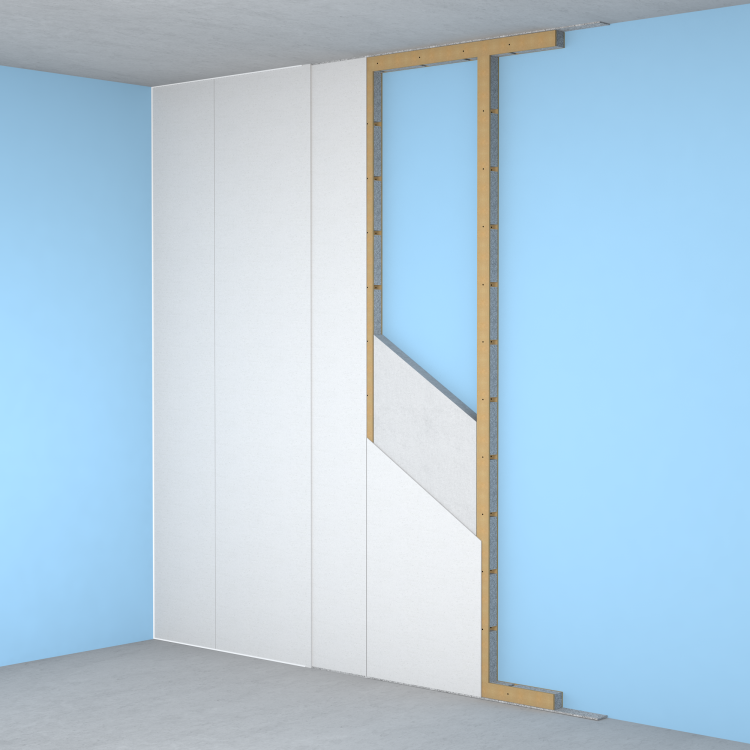-
 Metal Stud Wall DamperVibration dampers
Metal Stud Wall DamperVibration dampers- Metal Stud Wall Dampers
- Vibration isolating
- Fireproof and moisture resistant
(incl. tax)Starting at £7.78
-
 Polypress StripsVibration insulation
Polypress StripsVibration insulation- To decouple walls and floors
- Insulate impact noise
- Self-adhesive
(incl. tax)Starting at £8.65
- To decouple walls and floors
-
 Akoestikon Acoustic StudsSoundproofing for Wall and Ceiling
Akoestikon Acoustic StudsSoundproofing for Wall and Ceiling- Soundproofing for wall & ceiling
- Excellent soundproofing properties
- Easy to install, with guide & manual
(incl. tax)Starting at £8.65
-
 Isomat KE FiberMass Loaded Sound Barrier Sheets
Isomat KE FiberMass Loaded Sound Barrier Sheets- Mass loaded vinyl, Sound barrier
- Soundproofing floor & wall
- Easy to process
(incl. tax)Starting at £24.95
Soundproofing against noisy neighbours
With the information on top of this page you should be able to soundproof some neighbour noises. On our "neighbour" page you find more solutions to improve the insulation of walls, floors and ceiling. If you have any questions just let us know, we are happy to help you!

 Sound Insulation
Sound Insulation  Soundproofing
Soundproofing  Vibration Isolation
Vibration Isolation  Silent Ventilation
Silent Ventilation  Accessories
Accessories  Thermal & Acoustic Insulation
Thermal & Acoustic Insulation 